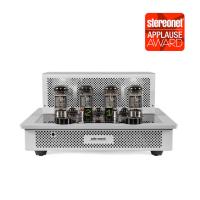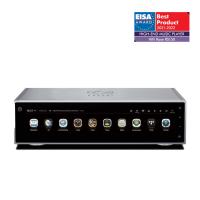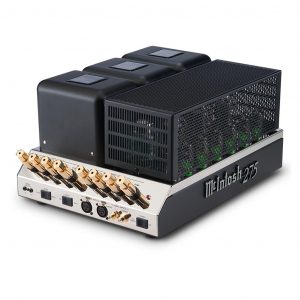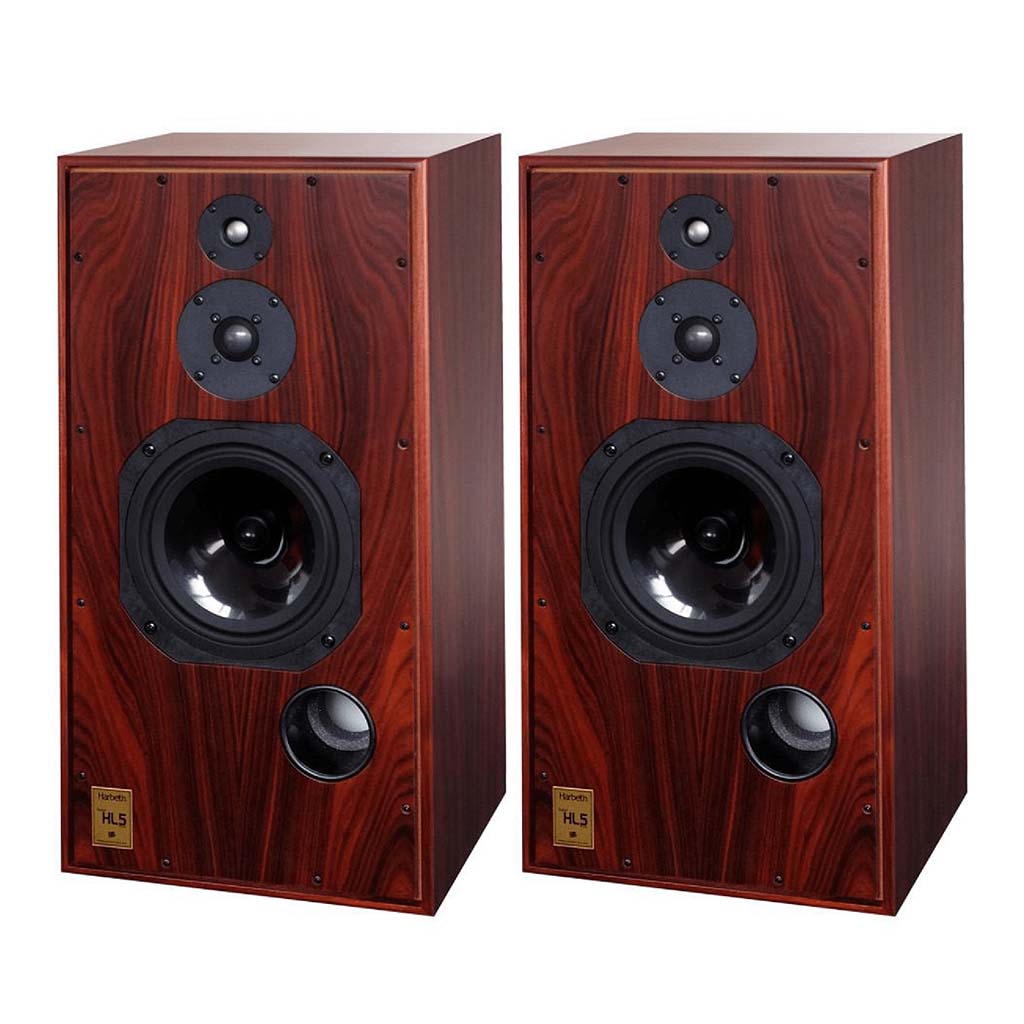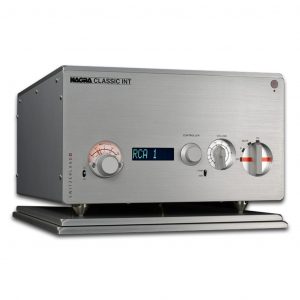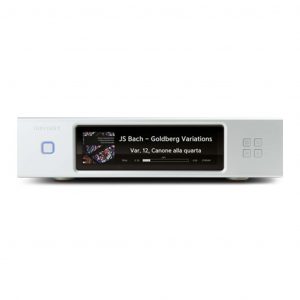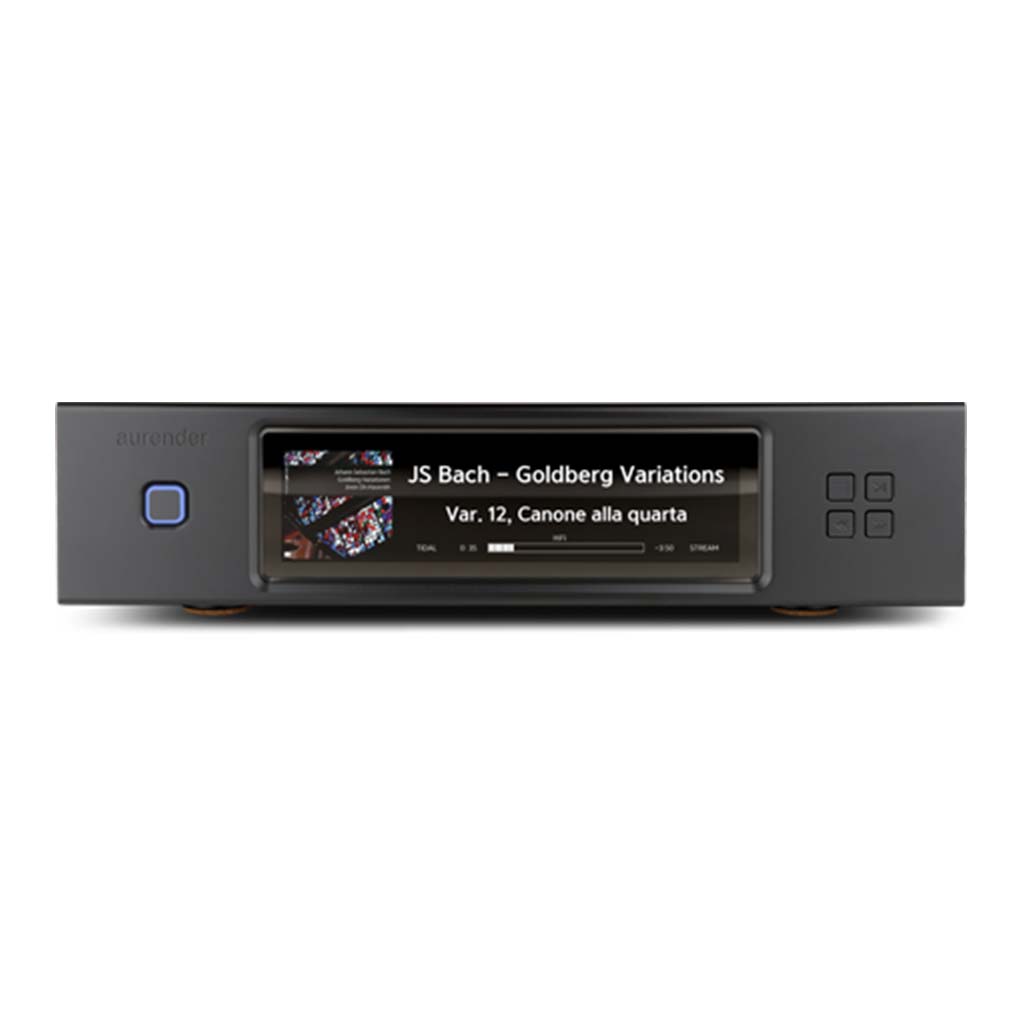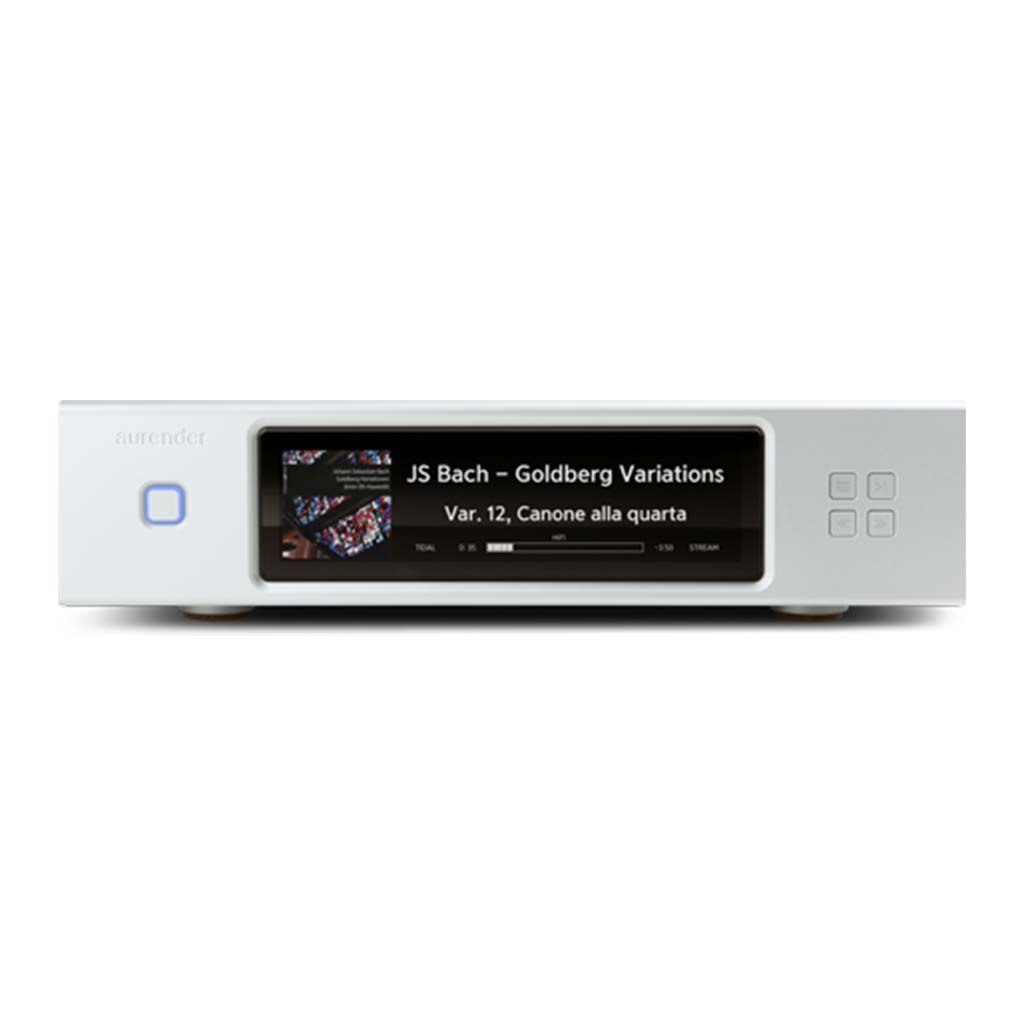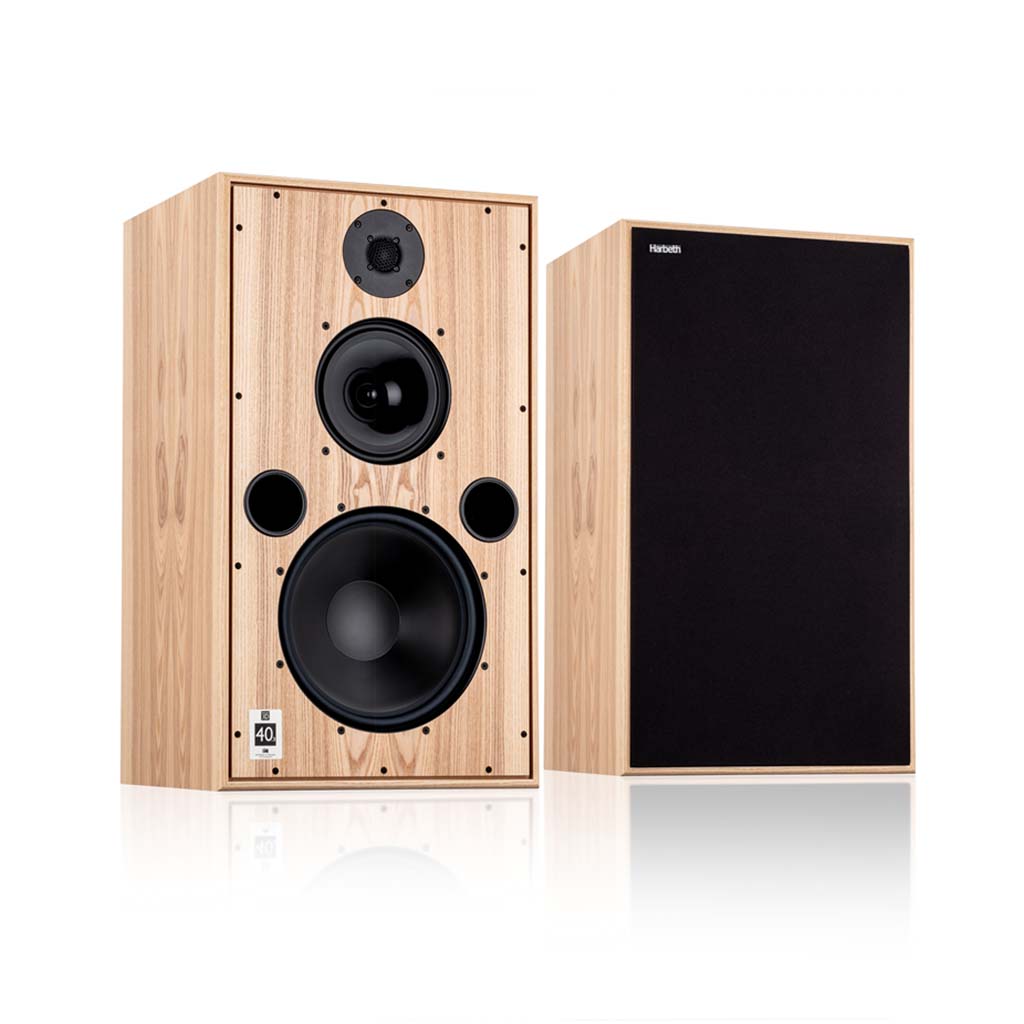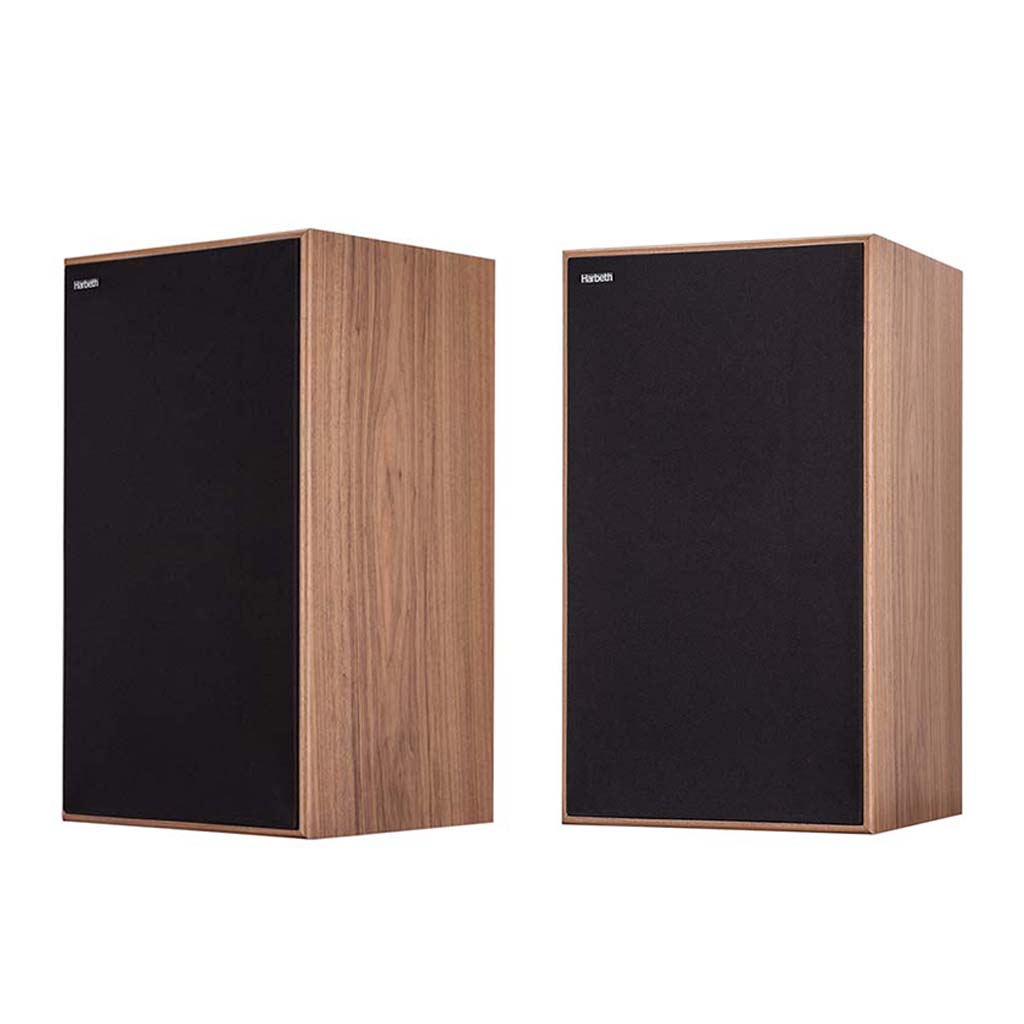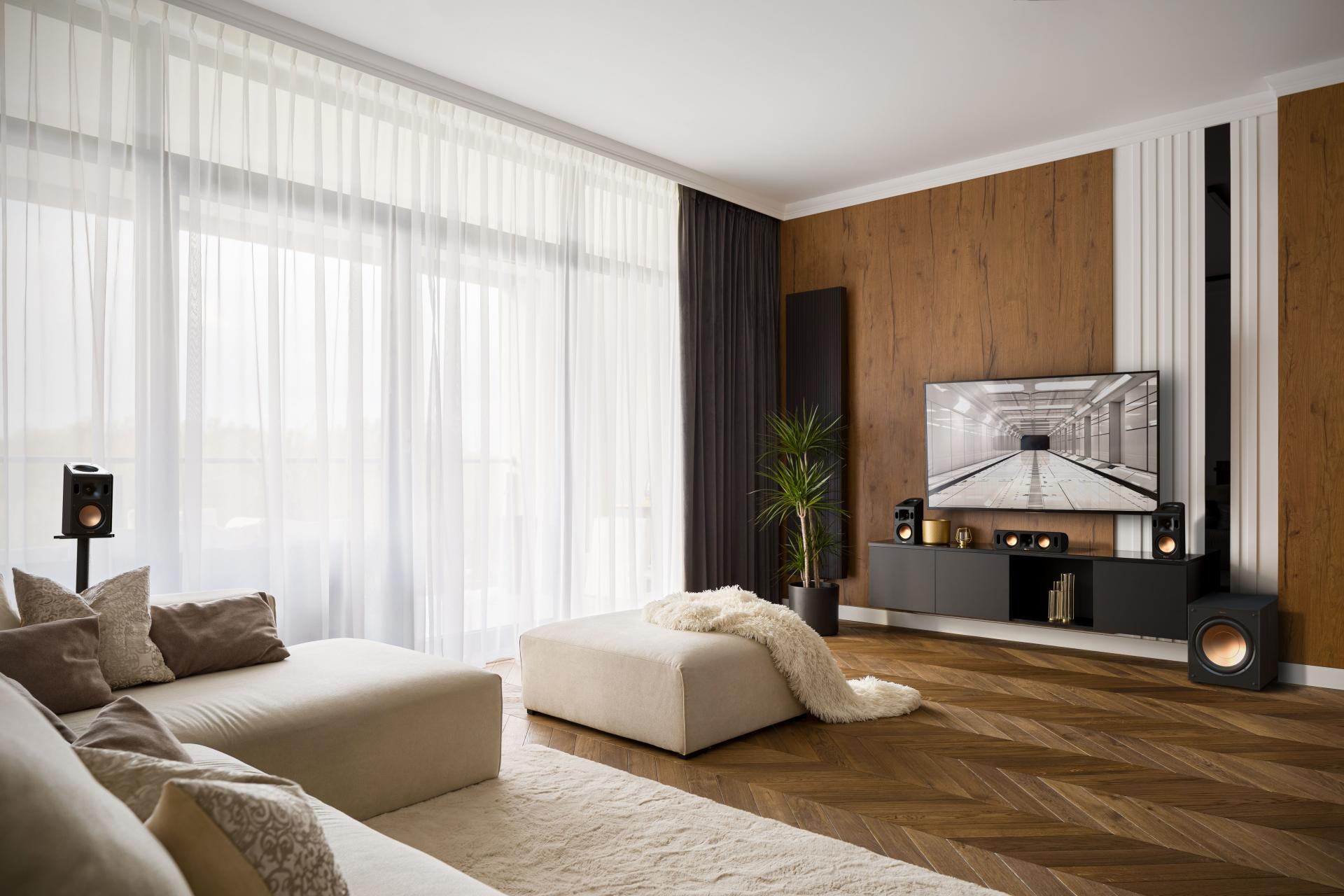MY BAG
Crafted by hand by experts in West Sussex, the HL5 Plus XD conveys breathtaking clarity and dynamics
Harbeth’s Super HL5 Plus XD produces breathtaking transparency, a huge soundstage, and total immersion in the performance. This speaker creates rich bass and sweet midrange that brings acoustic music alive.
Overview
Harbeth Super HL5 Plus XD produces breathtaking transparency, a huge soundstage and total immersion in the performance. This speaker creates a rich bass and sweet midrange that brings acoustic music alive.
Crafted by hand by experts in West Sussex, the HL5 Plus XD conveys breathtaking clarity and dynamics
The Harbeth company was founded forty years ago to commercialise the BBC’s loudspeaker R&D. Today’s Harbeth loudspeakers are much more transparent, more vivid, more dynamic, more open and more real because the enabling technology – and that has made them one of the top selling and most loved brands at Hi-Fi Corner. Book a demo and you’ll hear for yourself how these speakers are in a class of their own for natural sound.
Harbeth have created almost their own cult following, the disciples staying with the brand for years and even decades.
This is the latest generation of Dudley Harwood’s original HL-Monitor: the cabinet is still engineered in the BBC tradition of removable ‘thin-wall’ panels for a totally true-to-life sound.
Retaining the classic ‘two cubic foot’ proportions found in the very best BBC monitors, the HL5plus relies on the exclusive Harbeth-made 200mm RADIAL2™ bass/mid driver. This produces a big, warm and powerful sound that underpins the incredible midband clarity.
The 25mm main tweeter is augmented by a 20mm SuperTweeter for an extended and even dispersion to the upper edge of the audio band.
Crafted by hand by experts in West Sussex, the HL5 Plus XD conveys breathtaking clarity and dynamics
The Harbeth company was founded forty years ago to commercialise the BBC’s loudspeaker R&D. Today’s Harbeth loudspeakers are much more transparent, more vivid, more dynamic, more open and more real because the enabling technology – and that has made them one of the top selling and most loved brands at Hi-Fi Corner. Book a demo and you’ll hear for yourself how these speakers are in a class of their own for natural sound.
Harbeth have created almost their own cult following, the disciples staying with the brand for years and even decades.
This is the latest generation of Dudley Harwood’s original HL-Monitor: the cabinet is still engineered in the BBC tradition of removable ‘thin-wall’ panels for a totally true-to-life sound.
Retaining the classic ‘two cubic foot’ proportions found in the very best BBC monitors, the HL5plus relies on the exclusive Harbeth-made 200mm RADIAL2™ bass/mid driver. This produces a big, warm and powerful sound that underpins the incredible midband clarity.
The 25mm main tweeter is augmented by a 20mm SuperTweeter for an extended and even dispersion to the upper edge of the audio band.
- 200mm Harbeth RADIAL2™ bass/mid; 25mm Ferro-cooled dome tweeter, 20mm dome Super Tweeter
Freq. response:40Hz-20kHz +/-3dB free-space, grill on, smooth off-axis response
Impedance: 6 ohms easy to drive.
Sensitivity: 86dB/1W/1m
Amp. suggestion: Works with a wide range of amplifiers, ideally from 25W/channel.
Power handling: 150W programme
Connector: Four 4mm gold-plated binding posts for wires or plugs (biwireable)
Dimensions(hxwxd): 635 x 322 x 300mm (+12mm for grille and binding posts)
Finish: Cherry, tiger ebony, eucalyptus, rosewood.
Space needs: Overall response optimised for use away from walls.
Stands To bring ears level with tweeters: typically 16-20 inches. (Tweeter: 475mm up from cabinet base)
Weight: 15.8kg each, unpacked
Packing: Single speaker per protective carton
Orders ship Sunday through Friday from our offices in Dubai, UAE.
In-stock products typically ship within 48 hours and should be expected to arrive in 3-4 business days. Orders outside of the UAE should be expected to arrive in 5-7 business days.
Pre-order and backorder products will state the approximate delivery timeline beside the Add To Cart button.
If you would like to place a custom order, chat with our specialists for a guided shopping experience. Once your order has been placed, a timeline will be provided depending on your order details.
- Free delivery within the UAE
- Shipping charges will be calculated upon checkout for orders outside of the UAE (Bahrain, Oman, Kuwait, Saudi Arabia & Qatar).
- Taxes and duties are calculated according to the applicable laws of the state or country an item is shipped to and are the customer's responsibility.
For additional information on shipping and our exchange & return policy visit our help center.
Installation charges are applicable and can be paid upon delivery for our clients based in Dubai.
- Installation Charges: AED 450 Per Hour
- Speaker Cables: AED 32 Per Meter
- Trunking: AED 10 Per Meter
For clients based outside of the UAE, please contact our specialists and we will share an estimate based on your requirements.
Harbeth speakers are at their best when used off the floor and as far as possible away from adjacent surfaces, on stands made from non-resonant material. The top-plate of the stands must be adequately large and the stands themselves stable to prevent the speakers from toppling over. Speaker stands are often fitted with sharp spiked feet that further improve stability. Note: we recommend felt or rubber dots as an interface between the bottom of the speakers and the top of the stands. If you must use Blu-tack or similar, use the absolute minimum quantity in very small balls not much bigger than grains of rice as it can permanently bond with the veneer. Ideally, the stands should place the tweeter about level with your ear when seated at your usual listening position — the so-called reference axis’ — where the frequency response is optimised for perfect integration of the sound waves from the drive units. Few users will be able or willing to raise their speakers (or lower their seats) to replicate the laboratory perfection of listening on the reference axis, so there is always a compromise involving the aesthetics of tall stands the technically ideal listening height and stand stability. Some users prefer both speakers toed-in towards the listening seat by a few degrees. Adjusting the toe-in alters the balance between the mid and high frequencies arriving directly at your ear versus those reflected off walls on either side of the speaker.
Harbeths are designed to present an ‘easy’ electrical load to the amplifier and will work well with solid-state amplifiers. Tube amplifiers are influenced by the electrical load of loudspeakers and we cannot accurately determine in advance how they will perform with any particular loudspeaker. Playing loud in a large acoustically dry, well-furnished room will demand a powerful amp. Conversely in a small setting listening closer to the speakers, much less power will be needed. As an approximation for normal domestic daytime listening, an amplifier of about 45W into 8ohms per channel rating is a good choice, and 100W into 8 ohms per channel will provide a welcome reserve of power for the louder musical passages in bigger rooms. Be aware that many amplifiers regardless of output power rating have high input sensitivity, which when driven by an energetic source can drive the amplifier into input-stage saturation, with loss of fidelity. Also, amplifiers with limited output power capability will run out of power and into signal clipping when driven hard, resulting in reduced musical dynamics and potential damage to loudspeaker drive units which is not covered under our warranty. Note: The amplifier’s performance can change over time, and it should ideally be tested and serviced periodically.
A sonic compromise should be reached between placing the speakers near walls or positioned farther out in the listening area. When a loudspeaker is close to a boundary wall (floor, wall, ceiling or corner) the speaker becomes ‘acoustically coupled’ to the surfaces, just as if it is attached to it. The speaker would then no longer operate in free space with a predictable frequency response, but with a sound output that is elevated in the low-mid frequency range. Well stocked bookcases behind or beside speakers can greatly improve the quality of low frequency as can an asymmetrical placement of the speakers in the room. Some listeners say that the most natural sound-stage is achieved when the speakers are somewhat closer to each other than they are away from the listener (above) – please experiment for yourself to see what sounds best to you. Optimising your speakers in your room needs experimentation but the general rule is the more absorption in the room, the less the room influences the overall reproduced sound. Parallel surfaces such as opposite walls, floor, and ceiling encourage and sustain certain musical notes. Flexible plasterboard walls and wooden floors over cavities such as a basement or garage may resonate and cause a boom. Echoes or reflections can be readily identified by moving around your room and loudly clapping your hands as you listen to the sound decay into silence. In the middle and upper frequencies, soft-fabric treatments are an easy solution to damping a ‘live’ room. Progressively add absorption and listen again until there are no obvious acoustic issues; don’t overdo sound damping – add just enough to tame reflections and no more! Curtains, thick carpets, rugs, and bookcases strategically positioned to minimise reflections in the room can make a dramatic improvement in fidelity. Pleated curtains on tracks across windows or side walls are an excellent way of temporarily adjusting room acoustics. Tone controls and modern digital signal-processing room correction systems can, when used carefully, offer an effective solution to getting the best sound in your room, especially in the lower frequencies where domestic rooms have little absorption. Mid and upper frequencies are best treated with conventional soft materials.
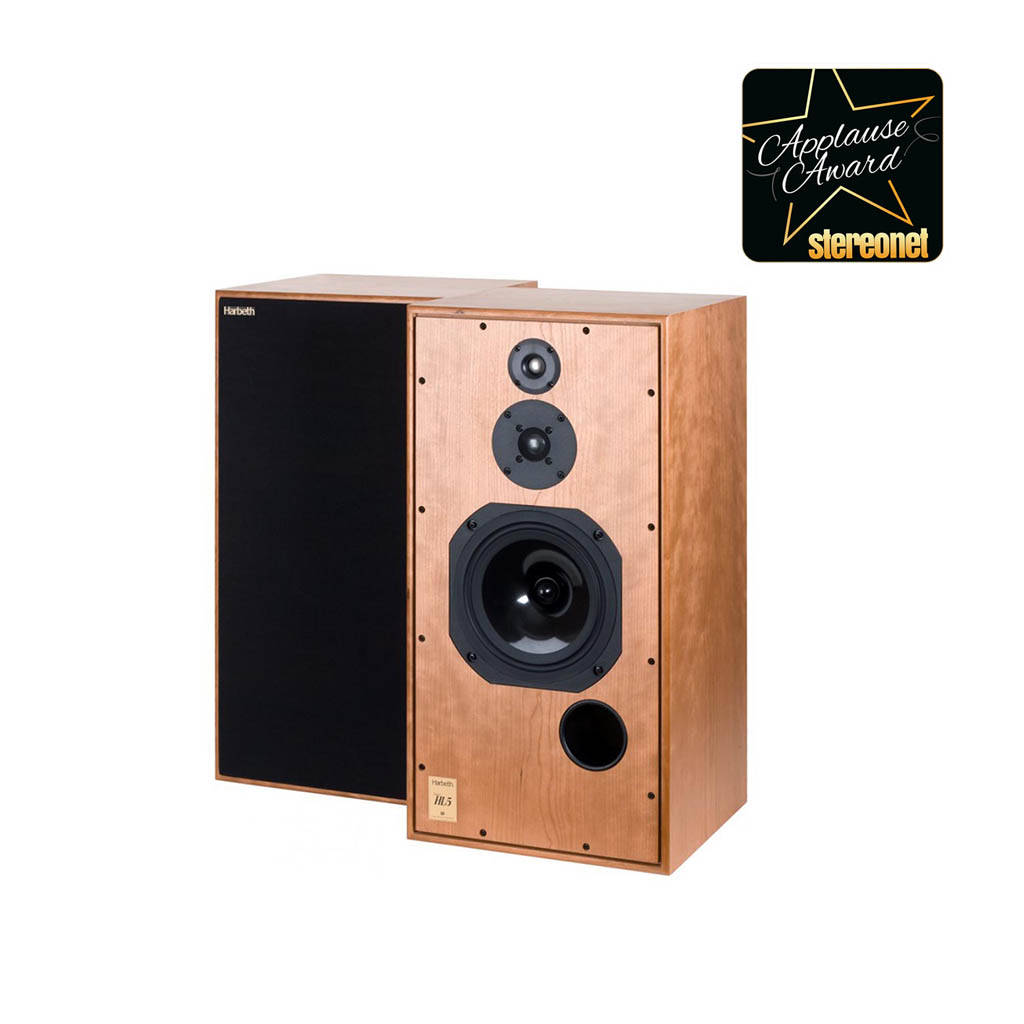
 AE
AE SA
SA  OM
OM KW
KW BH
BH QA
QA

